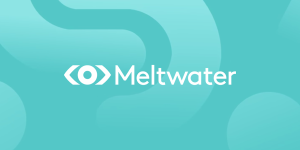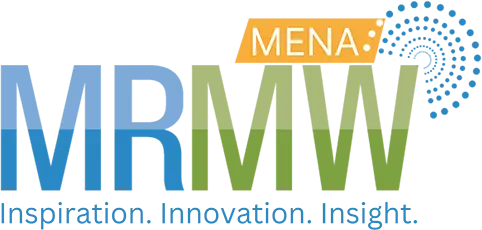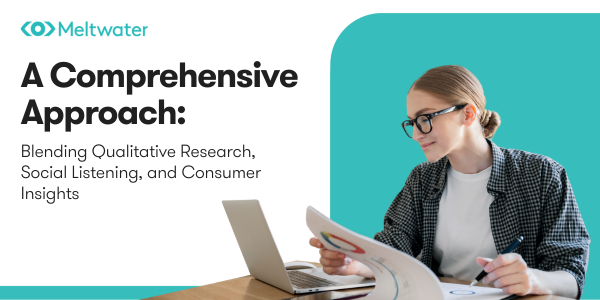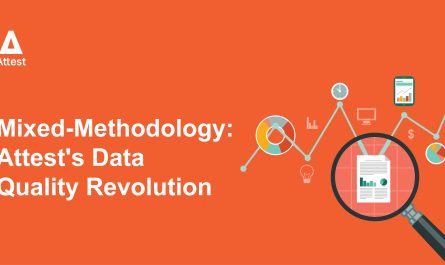A Comprehensive Approach: Blending Qualitative Research, Social Listening, and Consumer Insights
 The adage that “change is the only constant” may sound trite, but for many consumer-facing businesses, the sentiment has never been more true. With a seemingly endless cycle of tumultuous global events disrupting economies, and the increasing pace of technological innovation, the world is changing fast for consumers, and their behaviors are changing too.
The adage that “change is the only constant” may sound trite, but for many consumer-facing businesses, the sentiment has never been more true. With a seemingly endless cycle of tumultuous global events disrupting economies, and the increasing pace of technological innovation, the world is changing fast for consumers, and their behaviors are changing too.
For businesses, this means that a lot of the old certainties about marketing simply don’t hold true any more, and keeping abreast of changing attitudes, preferences, and behaviors is a constant challenge. Market research has become an ongoing process rather than an occasional project.
This new reality calls for a three-pronged approach to understanding your target audience, requiring a blend of:
- Qualitative Research
- Social Listening
- Consumer Insights
By using these methods in unison, brands will be better able to gain a holistic, always up-to-date picture of what their customers want.
The Magic Triangle of Research
The benefit of using a trio of research approaches is that each brings unique strengths that complement the others. Used in combination, they provide more comprehensive results, based on real-time data which means the insights they deliver are never out of date.
- Qualitative Research: Conventional research tactics, including interviews, focus groups, and ethnography, help you uncover the drivers behind consumer behavior, highlighting their motivations, emotions, and unspoken needs.
- Social Listening: By monitoring conversations in social media channels, brands can obtain a real-time view of consumer opinion and sentiment, and spot the early signs of new trends as they develop.
- Consumer Insights: Observations based on a variety of data sources, analyzed using a combination of human expertise and AI to surface insights that might have been missed by a human analyst alone.
In isolation any of these three methods can be useful, to varying degrees, but the real benefits come from combining them. By comparing the results from each of these different approaches you can build a much more complete picture that ensures that any blind spots in a particular methodology are covered by at least one of the others.
As an example, let’s imagine that an automotive company discovers through qualitative research that younger drivers do not seem to have the same “range anxiety” as older drivers concerning electric cars, and are more worried about affordability than battery range. Through social listening, this attitude is confirmed to be very common among younger drivers looking to purchase their very first car.
 Finally, consumer insights would let you know more about whether competitors are addressing this market, the different segments within the first-time car buyer market, and what other issues and considerations are important to those looking to purchase an EV for the first time.
Finally, consumer insights would let you know more about whether competitors are addressing this market, the different segments within the first-time car buyer market, and what other issues and considerations are important to those looking to purchase an EV for the first time.
This combined knowledge empowers you to not only understand consumer trends and concerns but also to create strategies based on these insights that will give you a competitive advantage.
Six Steps to Success
You’ve probably already got experience of executing one or more of these different research methods, but how do you use them all together for a unified approach? Here are the steps to make that work:
- Outline your research objectives
This is the same for any kind of research project. You first need a clear idea of the problem you’re trying to solve; what exactly you want to learn, and what you plan to use that insight for. Throughout the project, you should use this as your mission statement to ensure that everything you do is taking you one step closer to the project’s ultimate goal.
- Build your toolkit
For each of the three pillars, you should select the most appropriate tools. In qualitative research, this could be any of the conventional tactics such as surveys, focus groups, or interviews. For social listening we recommend Meltwater Explore, and Meltwater Radarly for consumer insights, as these two tools are integrated and work well together.
- Execute the research
This is the all important data-gathering stage of the process, where you carry out whatever qualitative research tactics you selected, and perform the social listening and consumer insights projects with your chosen tools. At this stage you’ll want to compile all of your findings into easy-to-digest formats, not necessarily ready to present to stakeholders, but to help with the next step.
- Analyze and cross-reference findings
Compare all of your findings across the different methodologies, paying attention to any commonalities or contradictions. If particular trends are echoed in each approach, then you have a high degree of certainty about them. On the other hand, if the different approaches are providing you with conflicting insights, it’s important to investigate further so you can understand why, as it’s likely that this conflict indicates an unexpected new insight that might not be readily apparent.
- Identify actionable insights
Now that you have a robust body of intelligence, the next step is to work out which of these insights can be translated into actions that give your business a competitive advantage. Improved products, more successful marketing campaigns, new market opportunities – you should be looking for insights that can directly lead to better results for your business.
- Monitor, measure, improve
Introducing tools like social listening and consumer insights into the market research mix gives you the ability to constantly update your findings with new data as consumer behavior evolves over time. You should always be looking for what’s changed, and what new opportunities are ahead of you.
Building a 360 Degree View of Customers
With this three-pronged approach, you can develop a deeper understanding of your target audience, empowering you to:
- Predict and act upon emerging trends: Get first-mover advantage by spotting developing consumer trends ahead of your competitors.
- Develop winning products and services: By understanding consumer wants and needs more deeply, you’ll be able to successfully address them.
- Create successful marketing campaigns: More focused marketing campaigns will help you to segment your audiences and target them more efficiently with better crafted messaging.
- Build brand loyalty: Nurture trust and loyalty with your customers by demonstrating genuine understanding of their needs.
Blending qualitative research, social listening, and consumer insights enables you to move beyond simply reacting to the market. Your business becomes more proactive, shaping trends and exceeding expectations through a deep and genuine understanding of your customers.
If you would like to hear more about the use of big data in qualitative research, check out the upcoming Qual360 Europe and North America editions. All quoted speakers will present live at the Qual360 North America edition on March 13&14 in Washington.










 by
by 
